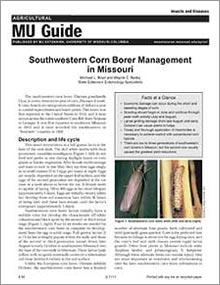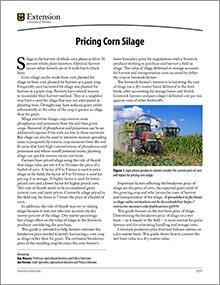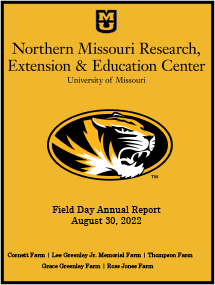

Growing Black Walnut for Nut Production: Bearing Years Management
Revised
Once your black walnut orchard is established and begins bearing, the goals for caring and maintaining the orchard will evolve as the trees continue to mature and yields increase. This guide outlines the steps and operations required to care for bearing and mature black walnut orchards.

Gardening in the Shade, Page 04
Revised
Explore shade-tolerant evergreens like American holly, Canada hemlock, and Japanese holly, ideal for adding year-round interest to your shaded garden.

Gardening in the Shade, Page 07
Revised
Discover shade-tolerant perennials like astilbe, hosta, and bleedingheart to enhance your garden's beauty. Learn how spring-flowering bulbs thrive under trees.

Gardening in the Shade, Page 02
Revised
Learn about these shade-tolerant annual flowers: Ageratum, Flossflower; Begonia, tuberous; Begonia, wax leaf; Browallia; Coleus; Flowering tobacco; Foxglove; Impatiens; Lobelia; Pansy; and Wishbone flower.

Blister Beetle Management in Alfalfa
Revised
Blister beetles in alfalfa pose a serious risk to livestock due to cantharidin toxicity, especially during summer harvests. Learn how to manage infestations.

Southwestern Corn Borer Management in Missouri
Revised
This guide outlines the life cycle, damage patterns, and management strategies for the southwestern corn borer in Missouri.

Seedcorn Maggot
Reviewed
Learn how to identify and prevent seedcorn maggot infestations in crops like corn and soybeans, which can damage seeds and reduce yields.

Black Cutworm in Missouri
Reviewed
Black cutworm larvae damage seedlings by cutting stems at night, causing stand loss in crops like corn, soybeans, and cotton.

Grasshopper Control in Missouri Forage Crops and Pastures
Revised
Protect forage crops and pastures from grasshopper damage with early detection and control strategies tailored for Missouri's conditions.

Corn Earworm in Missouri
Revised
Learn about corn earworm's impact on Missouri crops, its life cycle, and management strategies to protect yields from this pervasive pest.

European Corn Borer: A Multiple-Crop Pest in Missouri
Revised
Learn how the European corn borer affects crops like corn, cotton, and grain sorghum in Missouri. Explore its lifecycle, damage, and management strategies.

Making and Using Compost
Reviewed
Making compost transforms garden waste into a nutrient-rich soil conditioner, enhancing soil structure and fertility while reducing landfill use.

Building and Using Hotbeds and Cold Frames
Revised
A coldframe is a protected plant bed & a hot bed is basically a heated coldframe. Visit our site to learn about Building and Using Hotbeds and Cold Frames.

Pruning Ornamental Shrubs
Revised
Learn effective techniques for pruning ornamental shrubs, including timing, tool selection, and maintenance tips to promote healthy plant growth.

Preserve It Fresh, Preserve It Safe: 2022, No. 4 (July/August)
New
Ensure safe food preservation with expert advice on testing canner gauges, preserving zucchini, and freezing summer squash for later use.

Pricing Corn Silage
Revised
Learn how to price corn silage whether it's in the field or delivered to storage or the feed bunk, and see how drought can damage a corn silage crop.

Drought-Related Issues in Forage, Silage and Baleage
Revised
Get answers to questions about how to feed livestock during drought. Read about nitrate toxicity, corn silage and baleage, forage grazing and feeding hay.

Clarifying Roles in Family Farm Businesses
New
Strong family businesses communicate to separate their family roles and expectations from business roles. Read about common family business conflicts and find steps to address tension in this publication.

Short-Term Operating Plan for Farms and Ranches
Revised
Download a short-term operating plan workbook you can use to prepare your farm or ranch for operating if decision makers are unable to make short-term choices.

Growing Azaleas and Rhododendrons
Reviewed
Discover essential tips for selecting, planting, and caring for azaleas and rhododendrons in Missouri's challenging climate.

Flowering Perennials: Characteristics and Culture
Revised
Flowering perennials persist from year to year and are suitable in a flower border shared with annual plants or grouped in special plantings. Learn about some major perennials and their important characteristics and cultural preferences in this guide.



Spring Flowering Bulbs: Daffodils
Reviewed
Daffodils are vibrant, low-maintenance spring flowers that thrive in well-drained soil and sunlight, offering lasting garden beauty.
